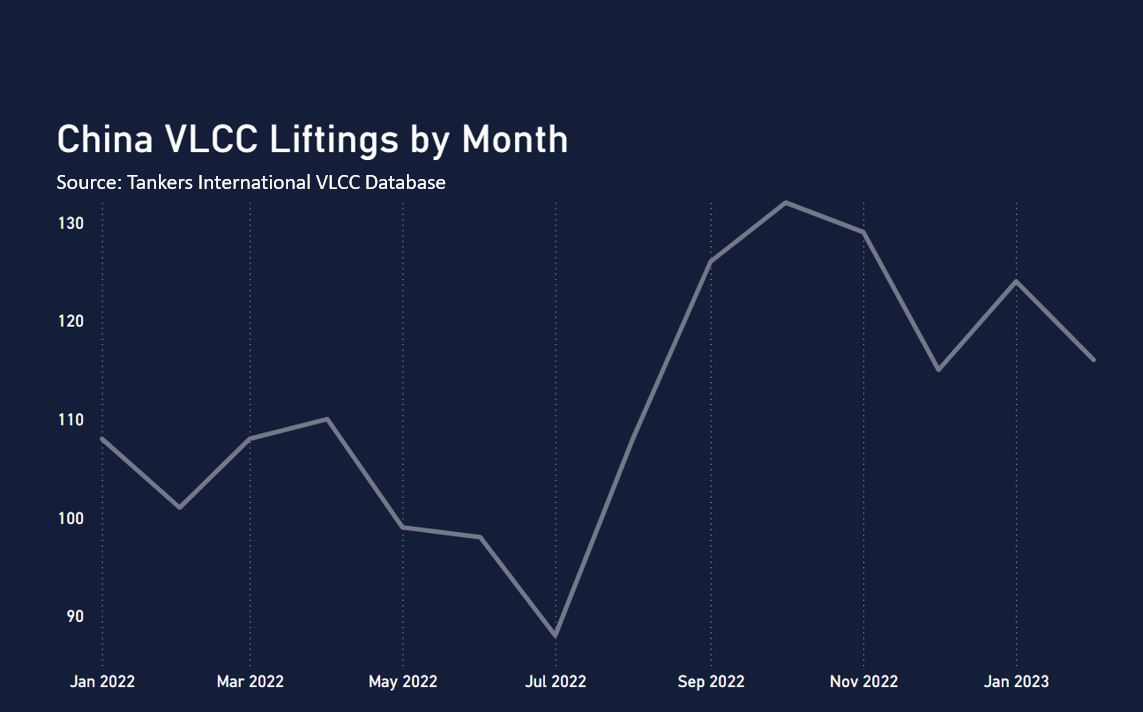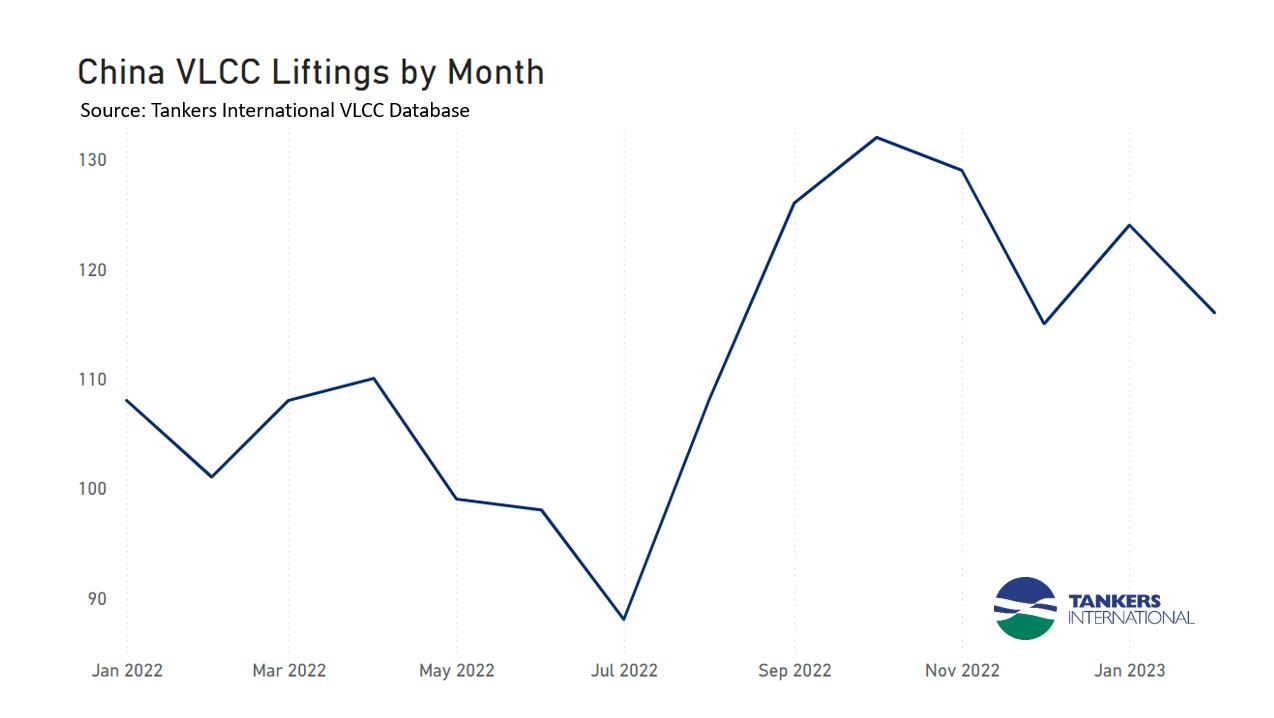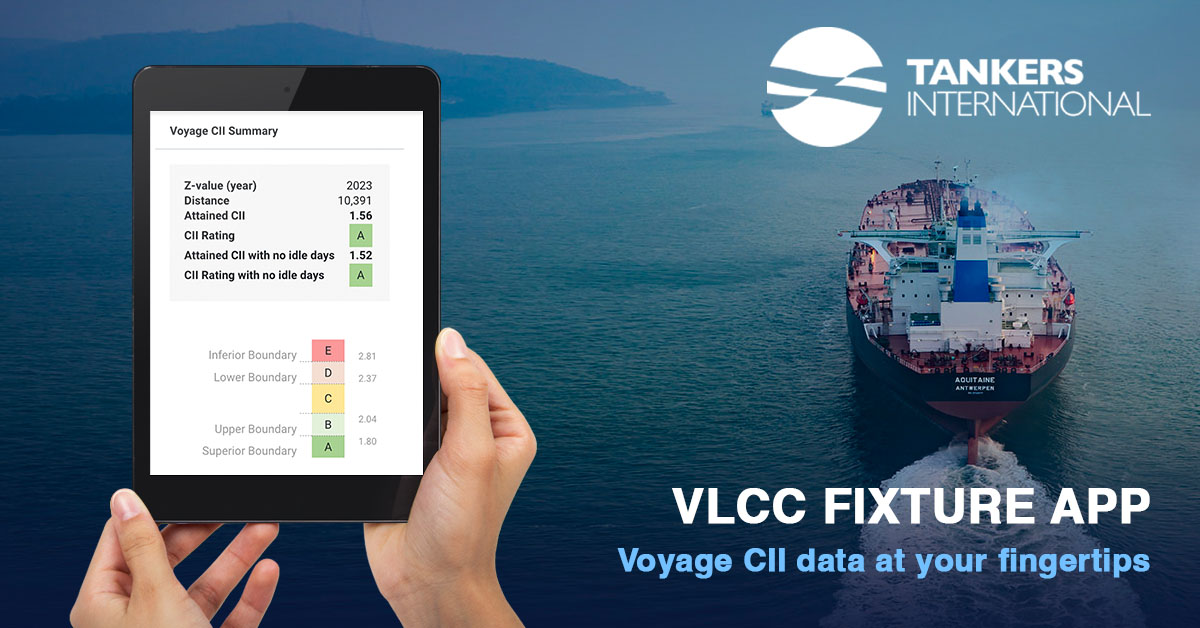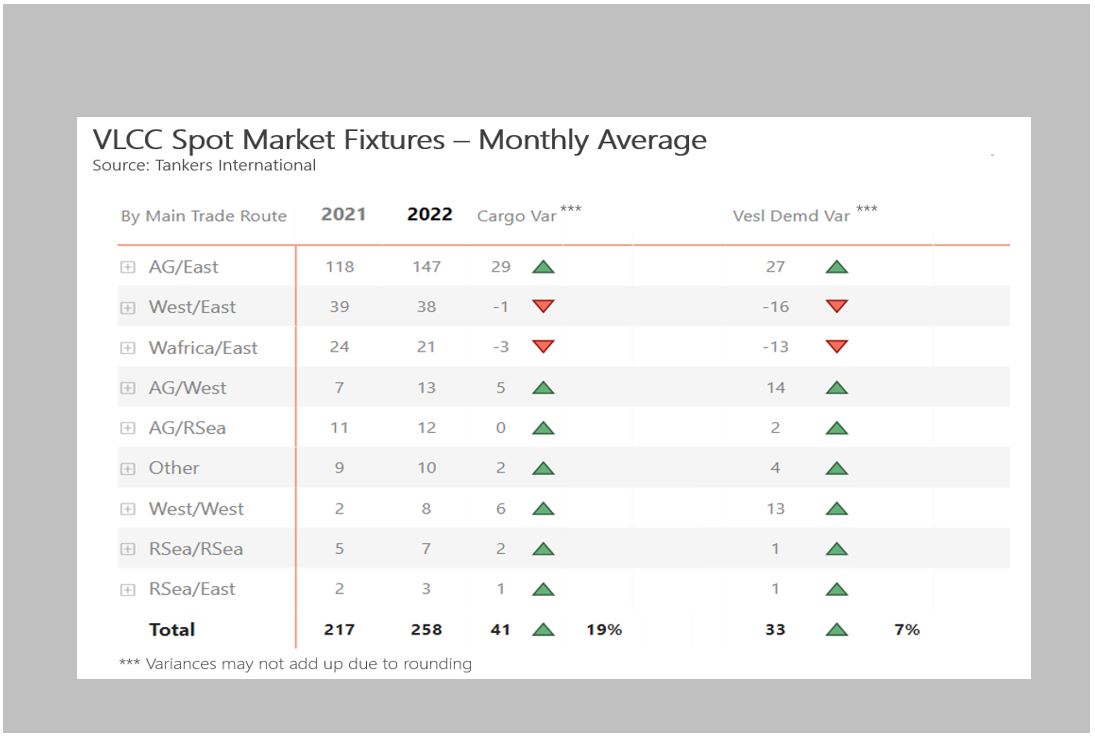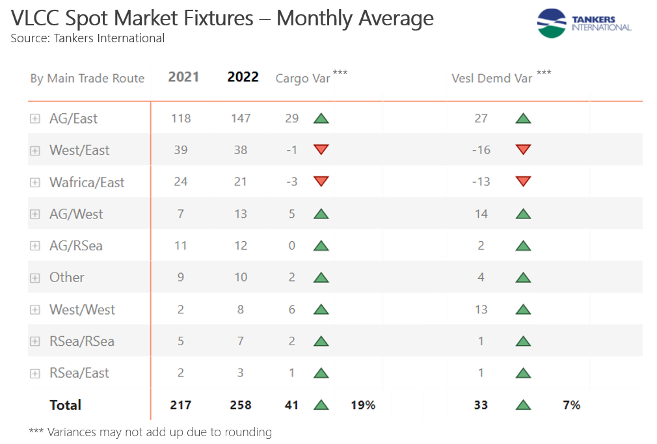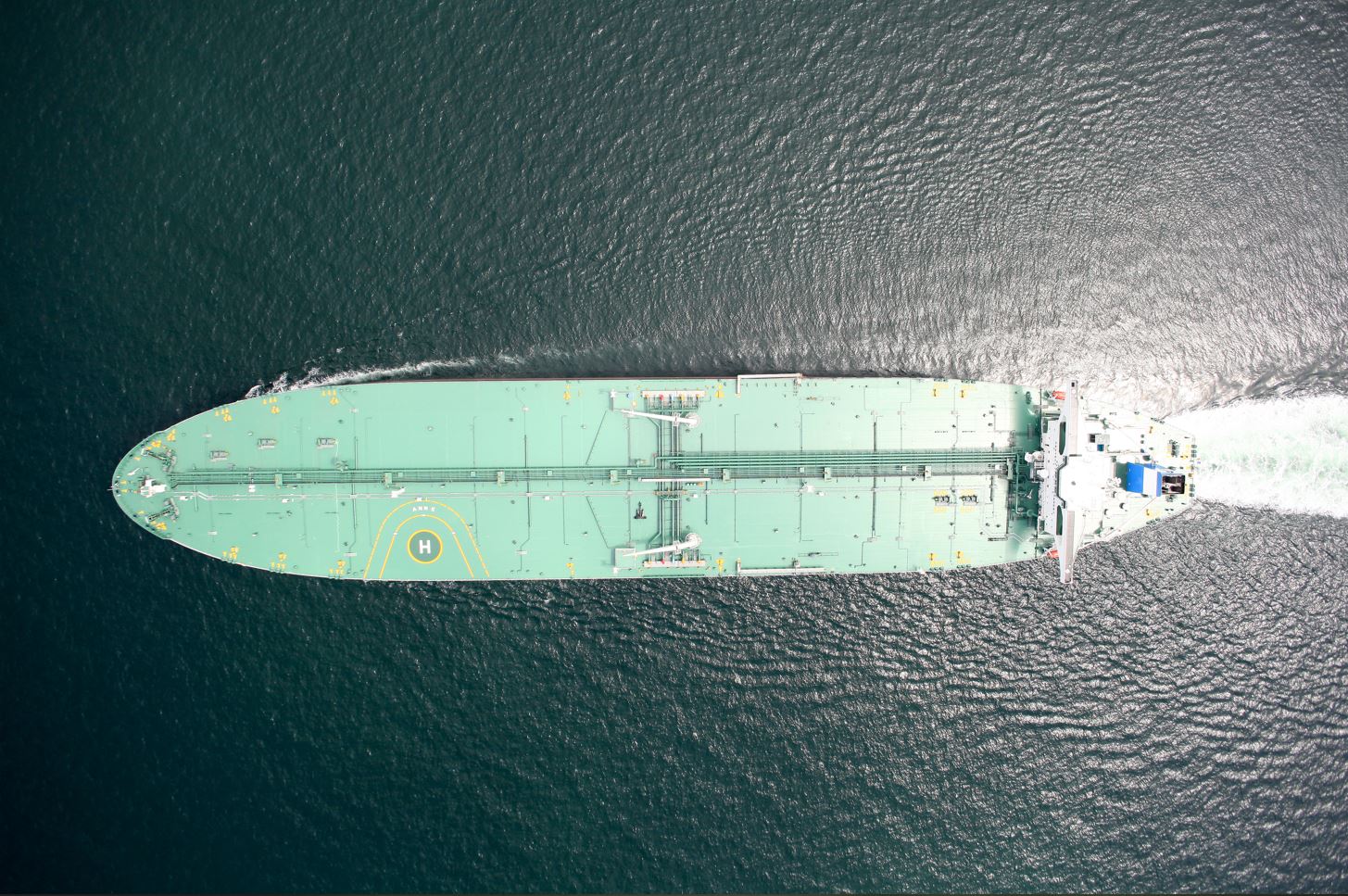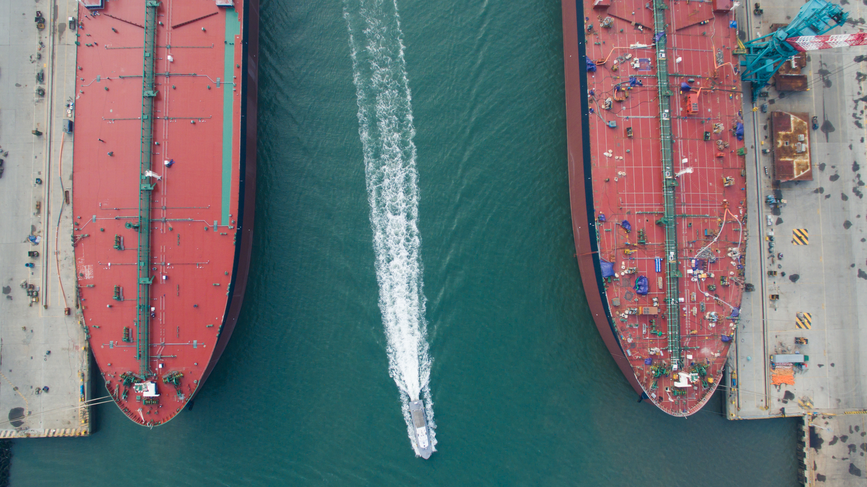
Our Head of Research & Insight, Mette Frederiksen, takes us through the development process behind the latest update to our popular VLCC app that provides an indicative CII rating and score for every voyage fixture based on Tankers International’s world-leading VLCC market data.
The volume of data that we all work with on a daily basis, coupled with the latest regulatory updates, means that it has never been more important to ensure that information is shared to enable transparency and collaboration. Therefore, introducing indicative voyage CII scores on the Tankers International VLCC Fixture app was a clear next step to supporting charterers in understanding their CII options and assisting shipowners and managers in understanding how others are – or aren’t – achieving good ship ratings.
Since the CII regulation entered into force in January 2023, there have already been some challenges with the regulation and concerns about how transparent this data will actually be. Our latest app update aims to allow shipowners, charterers, and regulators to openly see what issues they can identify using vessel CII scores and ratings. In turn, this can help to build informed policies and help regulators understand if and where reform may be needed.
The indicative CII scores are calculated based on internal speed and consumption data from vessels that have traded in our pool and dates back to 2000. This covers more than 250 VLCCs, of different ages, designs, and constructions. Where no version of a particular VLCC has previously been entered into the Tankers International VLCC Pool, the app uses the nearest possible match based on parameters including age, build yard, and engine design.
The CII feature also includes a ‘feedback’ tab for each fixture listing so that users can report any additional information or errors. This information can only be seen by the Tankers International team, and the messages sent cannot be seen on the app. Shipowners or ship managers who believe there is an error in our calculations should use this feature to report the error, and they can choose to provide a breakdown of actual representative data for the vessel.
The Tankers International app development team will verify this data before updating the vessel’s statistics, to provide the most accurate information possible.
This, alongside other data points like market demand and fixture frequency, is used by Tankers International to create an industry-wide benchmark speed. The Tankers International benchmark has been used and honed over two decades and provides incredibly accurate indicative figures for bunker consumption.
Given the ever-changing landscape of our industry and the uncertainty that these regulations have caused, it is now more critical than ever before that industry members have access to quality data, faster to support decision making for all stakeholders. This latest CII feature will allow users to integrate even more quality data and analysis into negotiations and strategic direction. This additional layer of insight and market transparency will benefit the entire VLCC sector.
Discover how tanker pools can help shipowners manage their CII exposure here.

